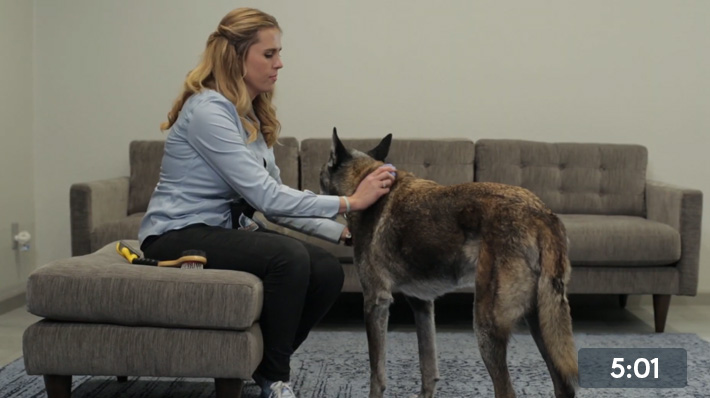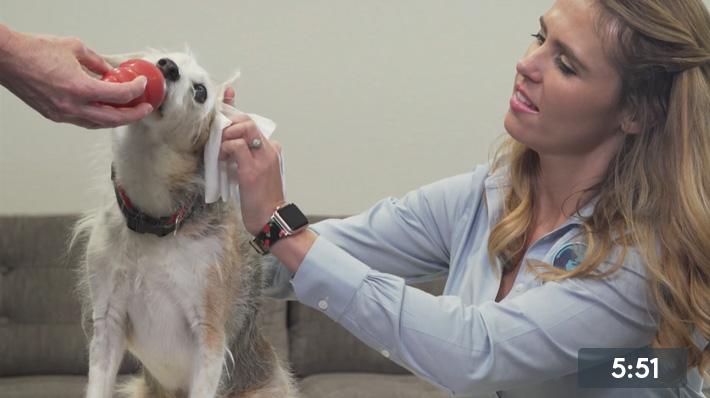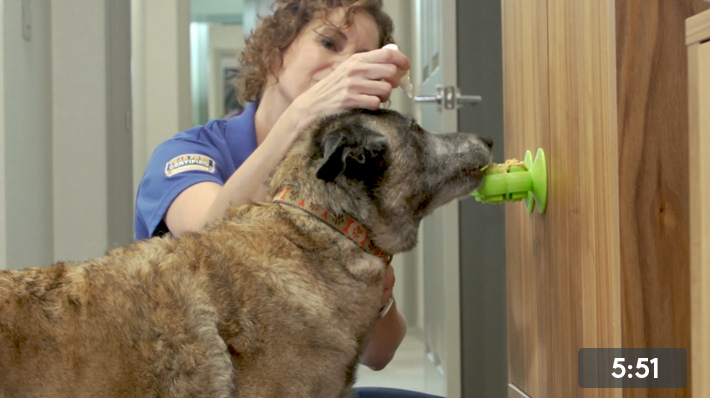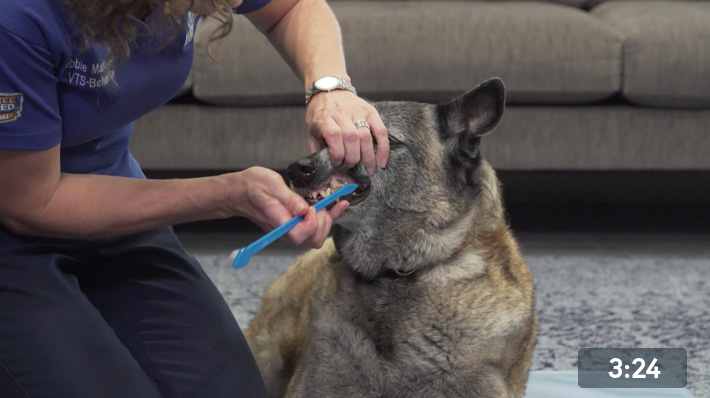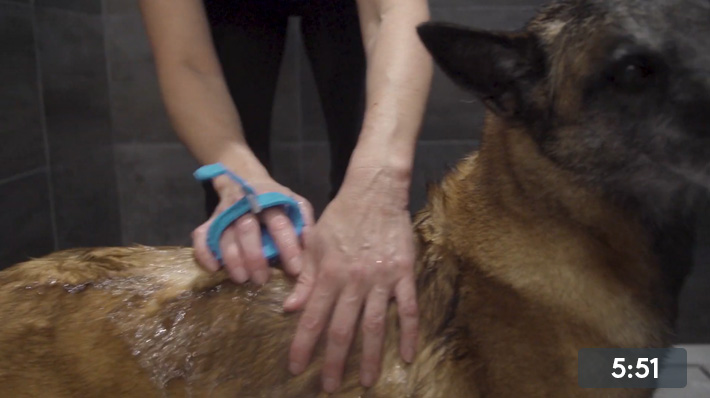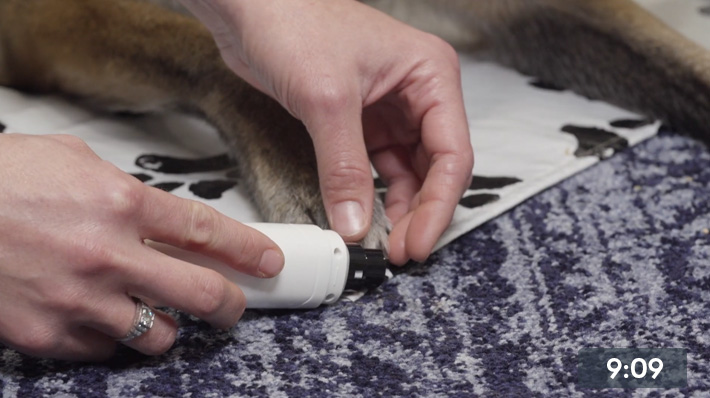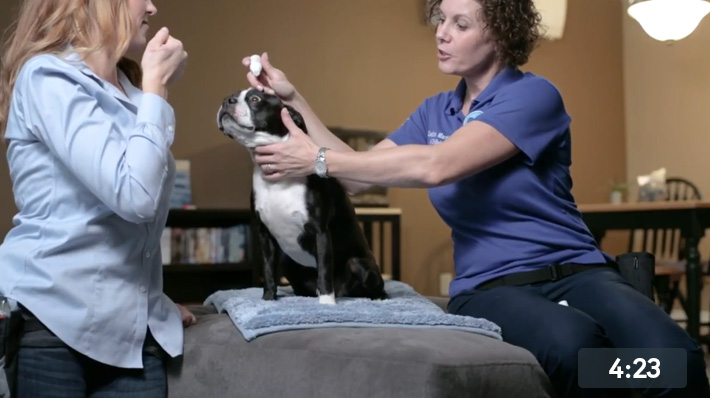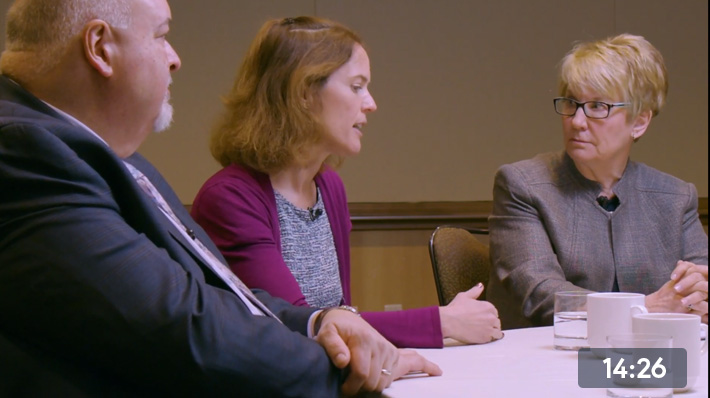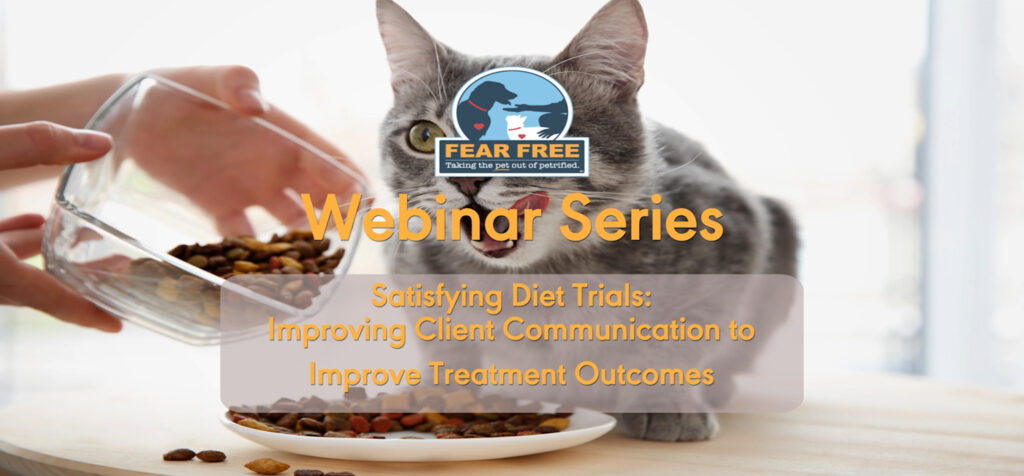
Because reliable serum tests for food allergies have not been developed and because adverse food reactions are chronic and frustrating, veterinarians must partner with pet owners to successfully complete an elimination diet trial to rule out, diagnose, and manage this lifelong condition.
In this webinar, presenter Brittany Lancellotti, DVM, DACVD, discusses how decreasing a pet owner’s fear, anxiety, and stress surrounding diet trials through communication and education can make a world of difference for the whole family’s quality of life in just two months.
Attendees will learn :
1) Common misconceptions/questions from pet owners regarding food allergies and what the evidence suggests.
2) The diagnostic approach to adverse food reactions and how to successfully guide an owner through an elimination diet trial.
3) Tools needed for incorporating Fear Free techniques when diagnosing and treating food allergies.
Brought to you by our friends at Blue Buffalo
